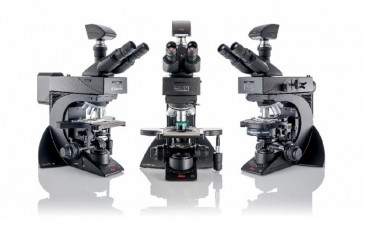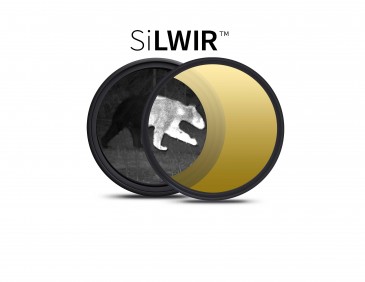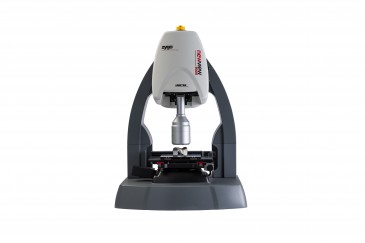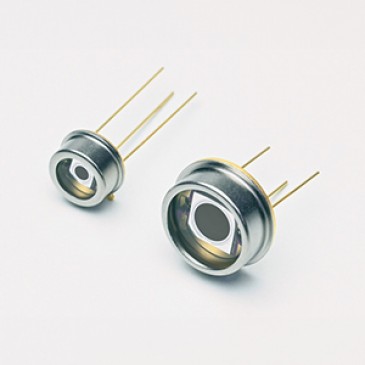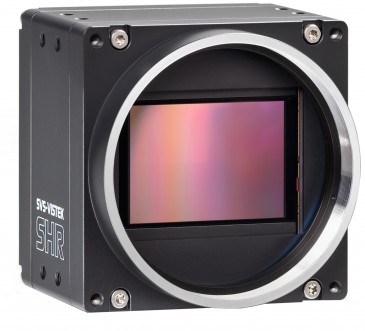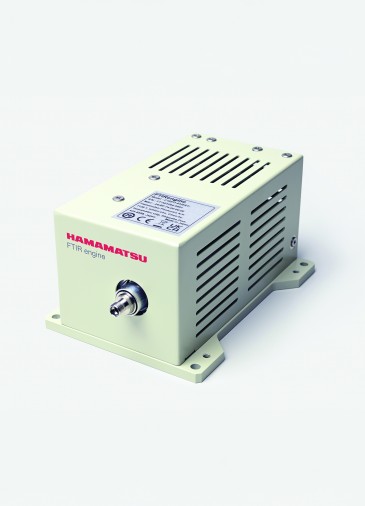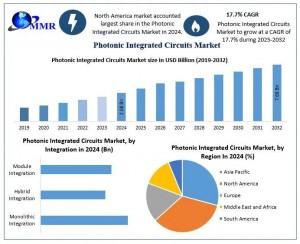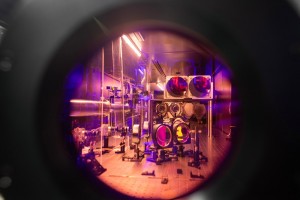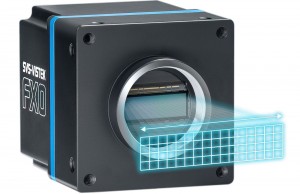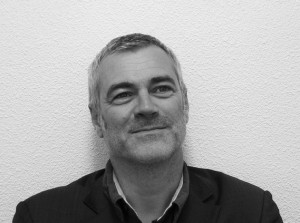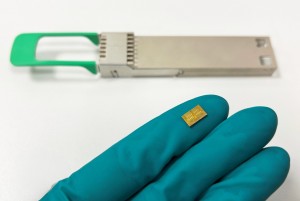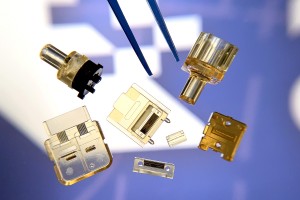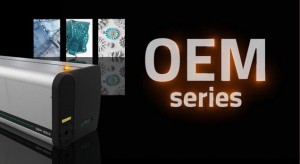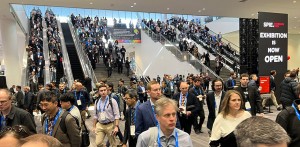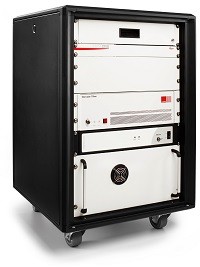
Onefive GmbH and Leica Microsystems have signed an exclusive agreement on a pulsed stimulated emission depletion (STED) laser at 775 nanometre (nm), which will allow the Leica STED super-resolution microscope to achieve sub-30nm resolution in a simple and cost-effective manner, according to the company. Under the terms of the agreement, Onefive GmbH will be the exclusive supplier of the STED depletion laser: the Katana-08 HP. Onefive will also provide Leica with dual-colour single-box excitation lasers.
Onefive’s picosecond laser platform Katana-08 HP, which has been on the market since 2010 has been further streamlined to STED applications to deliver 600 picosecond (ps) pulses to enhance the performance of the Leica’s super-resolution microscope system TCS SP8 STED 3X (STED 3X). Operating as a STED beam at 775nm in pulsed routine, the Katana-08 HP makes it possible to achieve sub-30nm resolution and can reveal details in multicolour co-localisation that have not been visible before.
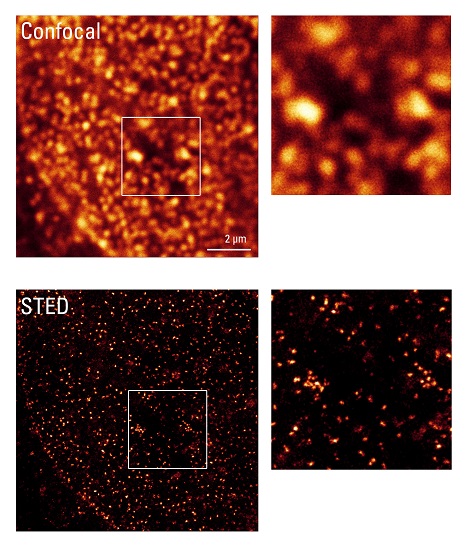
Resolution enhancement achieved with Leica TCS SP8 STED 3X and the 775 nm Katana-08 HP pulsed laser, compared to the resolution achieved with confocal microscopy.
Far-field fluorescence microscopy is a popular imaging technique because, among other benefits, it is live-cell compatible. Its spatial resolution, however, is limited to a few hundreds of nanometres by the diffraction-limited nature of light. The STED microscopy technique overcomes this limitation and achieves nano-scale imaging resolution. The impact of this achievement keeps being recognised at both a technological and a scientific level. Dr. Stefan W. Hell of the Max Planck Institute for Biophysical Chemistry will be awarded this year the prestigious Klavi prize for his efforts on the development of this technology.
STED microscopy is based on the ability to control the fluorescence emission of the markers in time and space by the superposition of a red-shifted STED laser beam to the excitation beam. The STED beam features a doughnut spatial intensity distribution with a zero-intensity region in the middle. This superimposed beam stimulates an earlier emission of the excited markers. Fluorescence can be practically quenched in regions near the focal point except in the zero-intensity region of the superimposed beam. Because this region can be smaller than the diffraction-limited spot size, the effective spatial extent of the detected spontaneous fluorescence is reduced to sub-diffraction dimensions.
The choice of Katana-08 pulsed laser as the STED beam instead of a continuous wave (CW) beam makes it possible to achieve the depletion effect almost instantaneously to excitation, leading to a better spatial confinement of the fluorescence, hence a better on-off switching contrast. The pulsed stimulation reduces the blurring effect typical of CW stimulated emission and leads to a better imaging resolution. It has been demonstrated that the performance of the pulsed-depletion modality offers better performance if the pulses are a few hundred picoseconds long.
The picosecond Katana platform offers the versatility of continuously tuning the pulse repetition rate, from pulse on demand up to 120MHz. Pulse duration can range from sub 20ps up to 1 nanosecond (ns). Various wavelengths ranging from the near infrared, the visible to the ultraviolet (UV) are available. Onefive lasers are designed and qualified for 24/7 operation under harsh environments. A focused product development approach provides a dust-sealed, maintenance-free small footprint product with reliable turn-key operation at a competitive price throughout the complete product fleet.















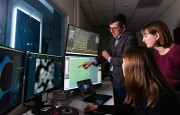







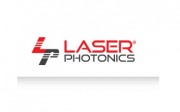















 Back to News
Back to News